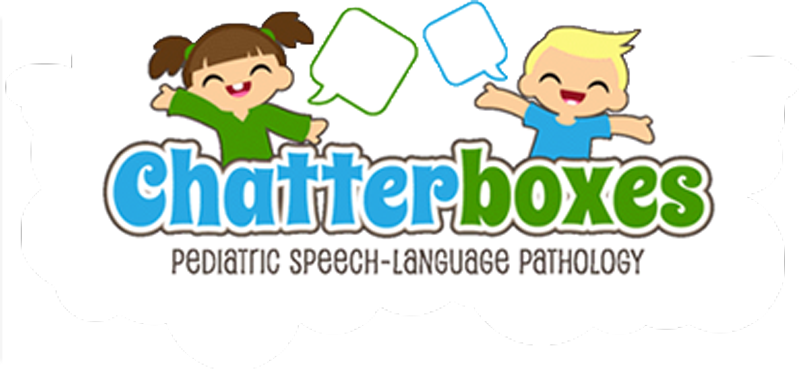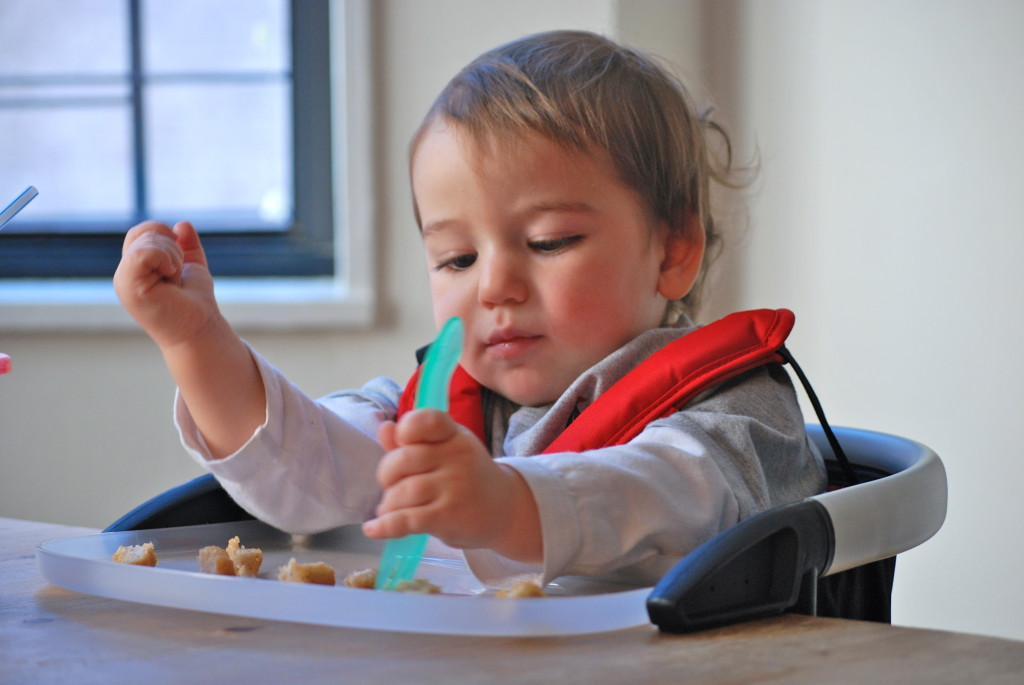Common Referral Criteria for Occupational Therapy Includes:
Gross Motor: (Upper Body Strength, muscle tone, trunk stability)
Slumps in chair
Holds head up with hand
Fidgety in chair
Leans on things when standing
Tires easily (fatigues before peers, difficulty finishing assignments)
Muscles seem tight and rigid
Muscles seem weak and floppy
Low Endurance
Tremors
Difficulty with hopping, skipping, running, compared to same age peers
Clumsy or seems to not know how to move body; bumps into things
Tendency to confuse left and right body sides (after age 6)
Falls frequently
Reluctant to participate in sports or physical activity
Fine Motor: (grasp patterns, hand/wrist strength, in-hand manipulation)
Awkward grasp on pencil/scissors
Writing pressure too light/too heavy
Drops things easily
Flexes wrist when writing/cutting
Experiences hand fatigue/pain
Excessive hand perspiration
Poor isolation on fingers on keyboard
Writing not fluid
Tries to avoid drawing, coloring, cutting, or writing
Non-dominant hand fails to hold paper stable when writing/coloring
Shows inconsistent hand dominance if older than age 6
Difficulty manipulating fasteners
Written assignments illegible (spacing, letter height)
Immature/awkward scissors grasp
Difficulty with keyboarding skills
Visual Perceptual/Motor/Handwriting/Oculomotor: (body perception, visual perception,
visual motor integration, eye-hand coordination, visual focus and tracking)
Poor letter recognition
Poor letter formation
Poor letter/word spacing/alignment
Inaccurate or slow copying/reading
Difficulty completing reading/writing (loses place, omits words, add words)
Poorly organized writing
Cannot think of what to write about
Poor drawing skills
Unable to accurately draw a person
Letter/word reversals (past 1st grade)
Difficulty coloring within boundaries
Difficulty staying on lines with cutting
Confuses right/left (past kindergarten)
Poor alignment of numbers in math
Poor memory for written directions
Poor spelling skills
Moves head back and forth while reading
Eye watering/rubbing/squinting
Poor eye-hand coordination in gym
Does not recognize or fix own errors well
Difficulty with mazes and/or dot-to-dots
Difficulty copying designs with manipulatives or on paper/graphs/dot maps
Rubs eyes, squints, head close to paper
Difficulty duplicating shapes, words, and numbers from the board, book, or model
Looses place on page (reading or writing)
Sensory Processing: (touch, visual processing, auditory processing, movement, body
awareness)
Avoids or has difficulty with eye contact
Is easily distracted by visual stimulation
Seems not to understand what was said
Seems overly sensitive to sounds
Appear reluctant to participate in sports
Distracted by lots of noise and games
Unable to follow 2-3 directions
Prefers to touch rather than be touched
Often seems overly active
Avoids getting hands messy (art)
Hits or pushes other children
Seems more sensitive to pain than others
Oblivious to bruises/heavy falls
Complains that others hit/push him/her
Mouths clothing/objects frequently
Difficulty making friends
Tends to prefer to play alone
Has strong desire for routine/sameness
Intense and easily frustrated
Has strong outbursts of anger/frustration
Lacks carefulness/Impulsive
Bumps into things frequently
Moves in/out of chair while working
Falls out of chair
Seems clumsy
Seems to deliberately fall or tumble
Distracted by background noises
Fearful moving through space (swing)
Avoids activities that challenge balance
Avoids playing on playground equipment
Extremely picky eater; often refuses foods kids typically eat at school/daycare










